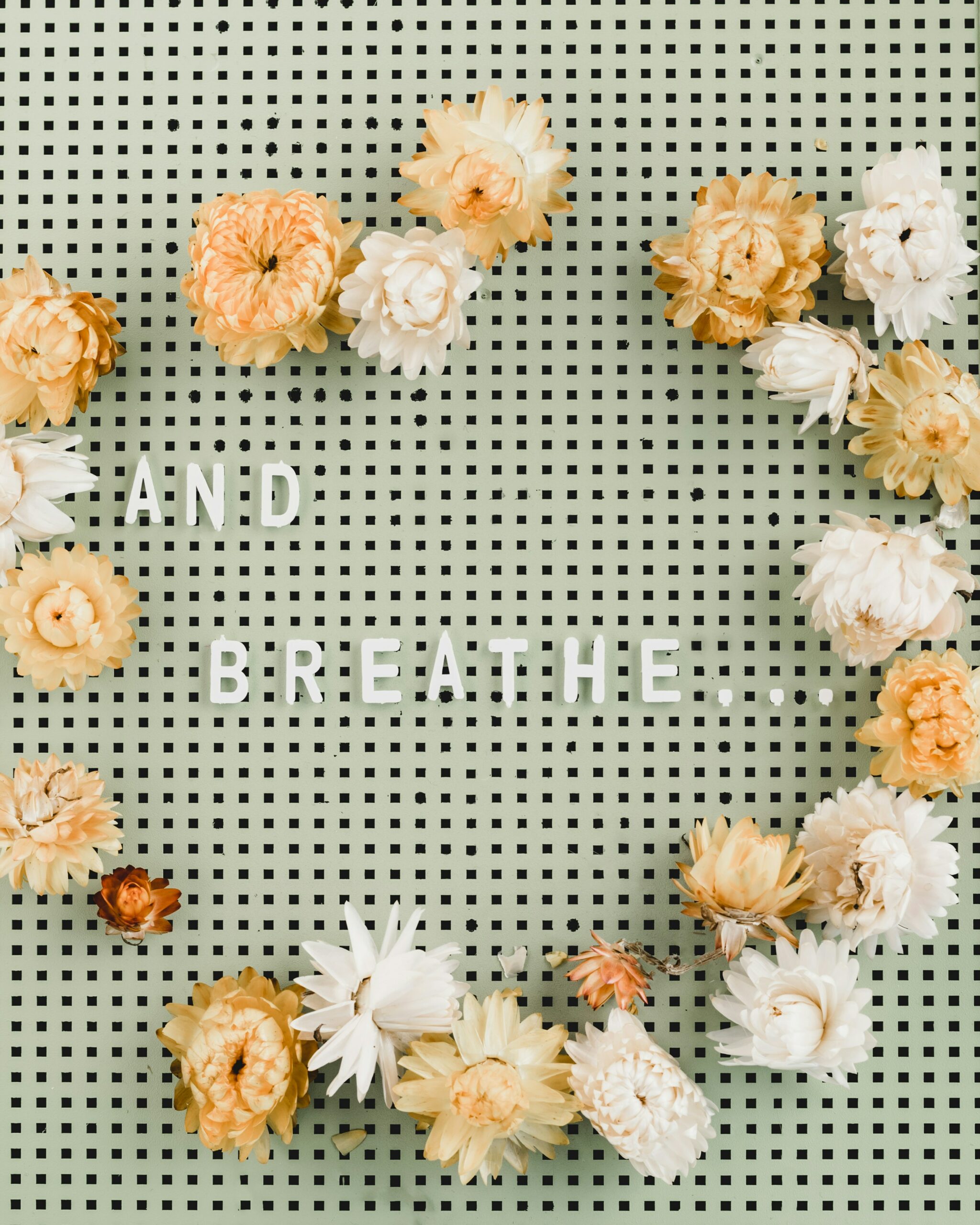Mastering the art of controlling your breathing is a powerful technique for managing stress and anxiety.
Breathing—it’s our most fundamental reflex, yet in the clutches of a panic attack, it can feel like our enemy. The rush of a panic attack often brings with it a rapid and shallow breath, exacerbating our distress. But what if we could transform this adversary into our ally?
Understanding Hyperventilation
When you panic, you might start breathing fast and shallow. This is called hyperventilation. It can make you feel even more anxious because your body is getting too much oxygen too quickly. Let’s break down why this happens and how you can calm it.
Focus on Your Breath
Becoming mindful of your breathing patterns is crucial. This section delves into the practice of observing each inhale and exhale, a foundational aspect of controlling your breathing that can greatly reduce the impact of panic.
Simple Techniques for Controlling Your Breathing
Explore straightforward strategies for breath control that promote relaxation:
- Deep Breathing: Learn to breathe slowly and deeply. This means breathing in a way that fills up your belly, not just your chest.
- Counting Your Breaths: Try breathing in for a count of four, holding it for a count of four, and then breathing out for a count of four. This rhythm can be really calming.
- Adding Visualization: Imagine a peaceful scene in your mind as you breathe. This can make the relaxation even better.
Practicing Regularly for Mastery
Like any new skill, getting good at these breathing techniques takes practice. Try to do them every day, so when you really need them, they’re easy to use.
Remember, while panic attacks can feel scary, they don’t have the power to harm you. Learning the art of controlling your breathing is a big step towards managing these moments.
By practicing these simple breathing techniques regularly, you can not only ease panic attacks when they happen but also feel more relaxed and in control in your everyday life.
So, take a deep breath, and know that you have the power and are abler to calm your mind and body. Each time you practice, you’re building a stronger, more peaceful you.





